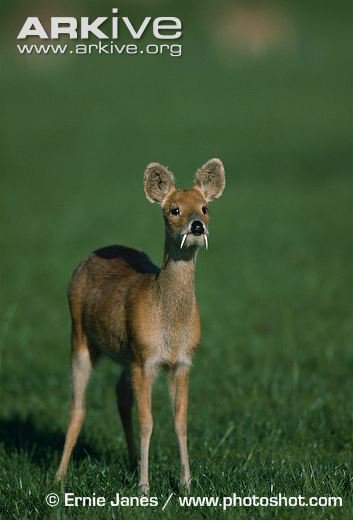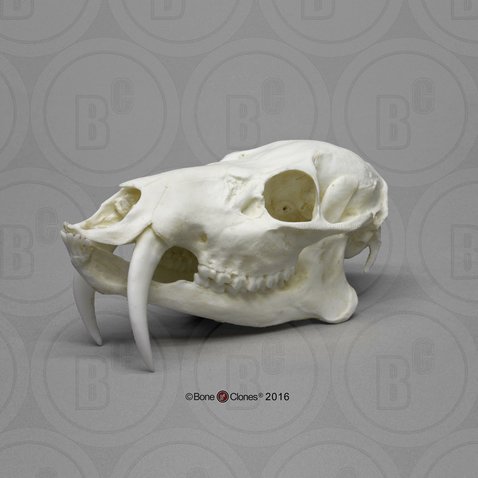NEXT UP: #4 Tasmanian Devil Vs. #5 Water Deer!!! #2018MMM 
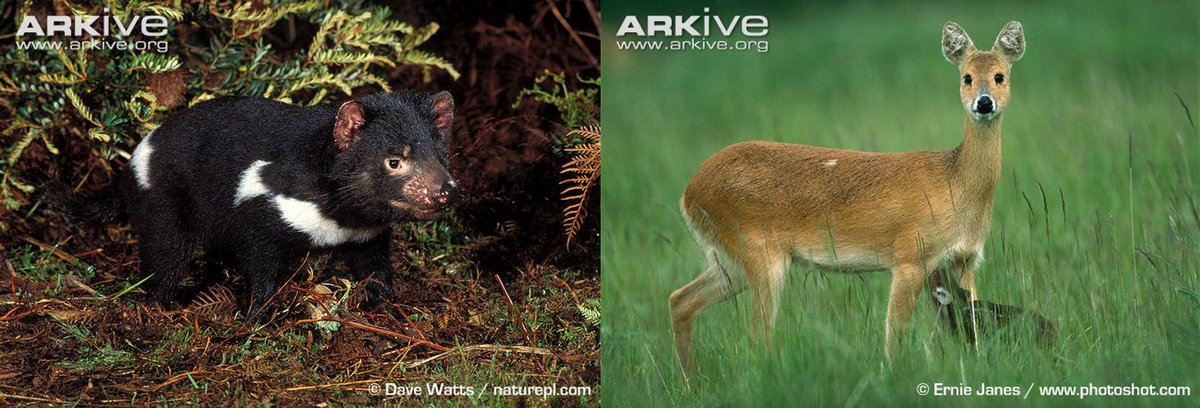
Tasmanian Devil (Sarcophilus harrisii) devoured the ghost bat in the first round, while Water Deer (Hydropotes inermis) managed to scare away the solenodon (none of this was controversial at all amongst the fandom...) #truth #2018MMM
The T. Devil is 6-8kg (that's 27-36 stoats for those of you playing at home) and can catch mammals up to 30 kg. The Water Deer weighs in at 9-14 kg (40-63 stoats). #stoatsasmeasurement #2018MMM
T. devil skulls are adapted to using a high bite force. It is made of more cancellous bone than many other mammals, which allows the skull to absorb the shock by biting on hard bone #stressful #2018MMM (Attard et al) 
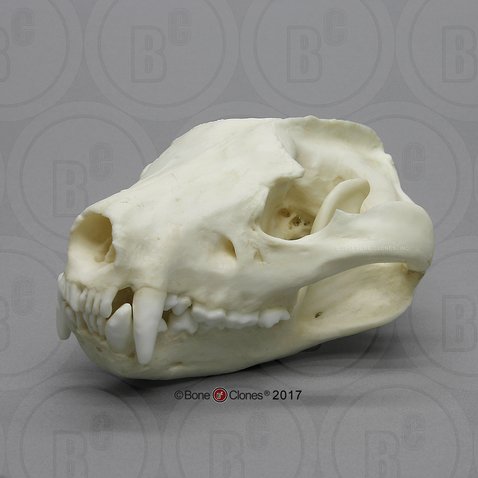
Tasmanian Devils are currently found in Tasmania (shocking, eh?). The following quote comes from a 1968 study of a captive T. devil named "Hamlet" by R. F. Ewer #2018MMM 
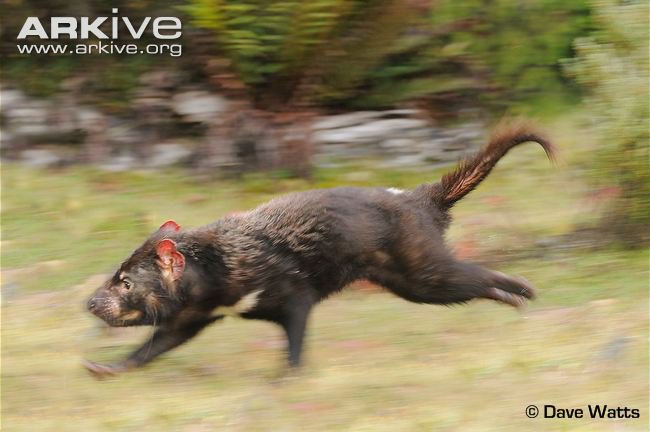
"Hamlet the t devil "sniffed along the length of [a rat's]body and when reached the head, abruptly delivered a genuine bite, killing the rat at once.He then leapt back, his attitude suggesting that he was astounded at what had happened" goo.gl/Jpj7Av #PoorRat #2018MMM "
While popular imagination & cartoons view them as violent, this may not be true. According to Owen & Pemberton they are more timid. One report on a hand-raised T. devil notes it remained hiding for days after hearing the vacuum cleaner (goo.gl/yqnNSr) #2018MMM 
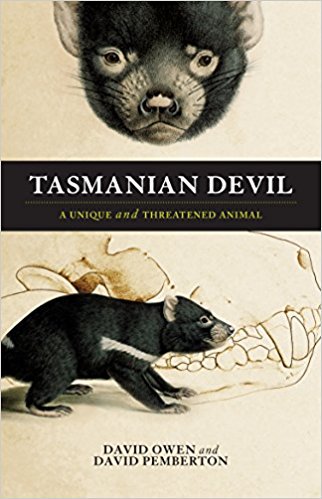
Water deer, at home in costal plains & marshy areas, are diurnal herbivores. Males use their vampire teeth (actually their upper canines that reach ~6 cm) to scare away rivals #2018MMM 
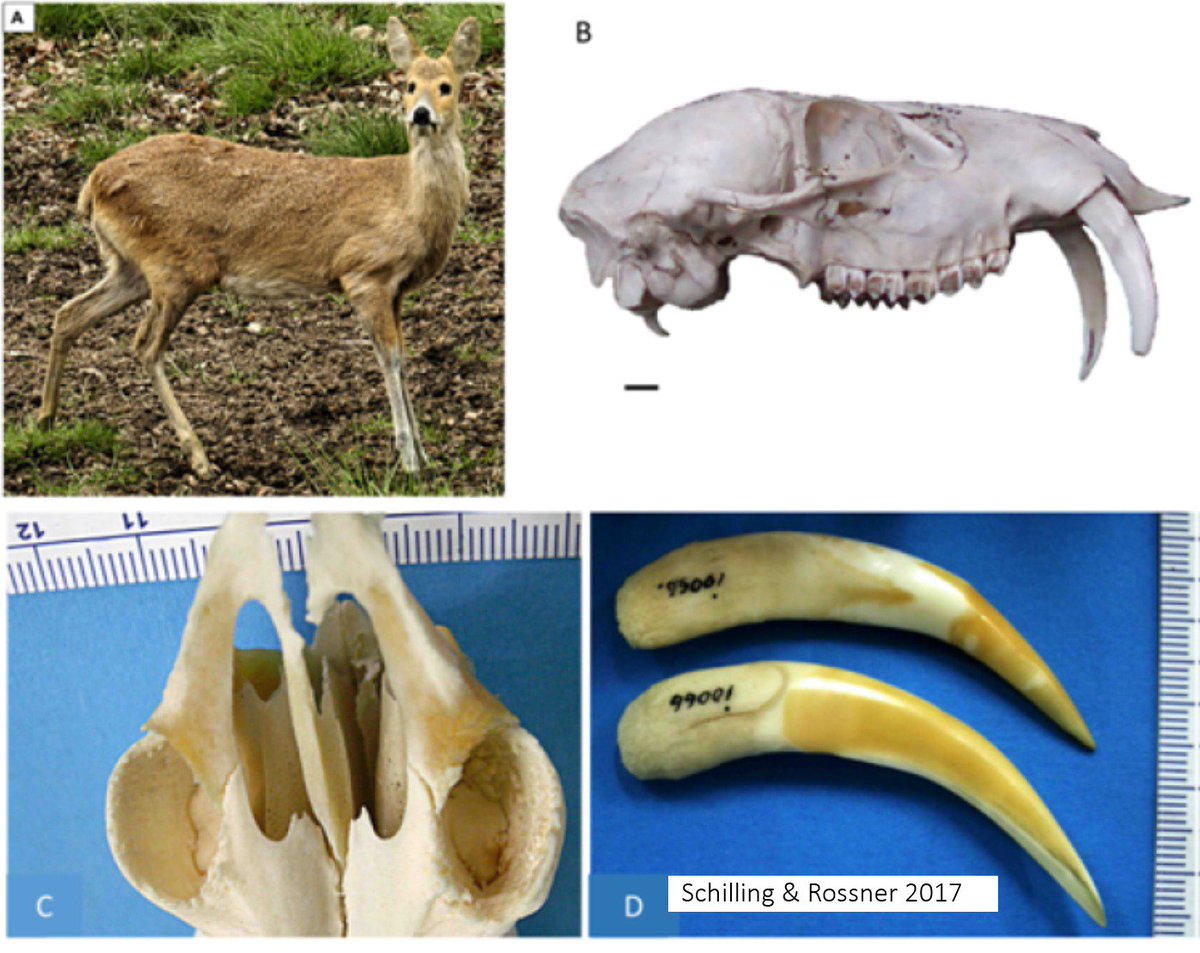
While found mostly in China & the Korean peninsula, water deer are also found in Western Europe, having escaped from captive populations. The fossil evidence is scant so much of its evolutionary history is uncertain #moarResearch #2018MMM
Water deer are mostly solitary. Sirect contact limited to "what is strictly necessary for reproduction & rearing of young." This, along w/ their lack of antlers, has led some to conclude that they are a more 'primitive' species (source: goo.gl/hSni9B) #2018MMM
Tonight’s bout occurs in Tasmanian open woodland at dusk. The water deer isn't too happy to be here but glad to find some grasses to munch on #2018MMM
While foraging water deer happens upon a ghastly sight: a T. Devil consuming the carcass of a dead kangaroo. #2018MMM #AfterDark
Water deer tries to scare off the devil with its screams known as 'whickering'. For realz, just listen to this: mammal.org.uk/sites/default/… #2018MMM
But the T. devil isn't quiet either. The sound it makes is pretty terrifying too! Water deer understands where the name 'devil' comes from: #nightmareStuff #2018MMM
The water deer decides on a direct approach: stamping his feet & snarling to showing his teeth. They will fight other members of their species (conspecifics) by biting w/ their canines, which can lead to ripped ears, scars, and even death (goo.gl/kv1Xg9) #2018MMM
But they usually avoid a fight. Water deer hops off, certain that messing with a T. Devil is NOT the way to live to fight another day (goo.gl/KWKFeL) #smartmove #2018MMM
T. DEVIL BE-DEVILS WATER DEER!!! #2018MMM
• • •
Missing some Tweet in this thread? You can try to
force a refresh



